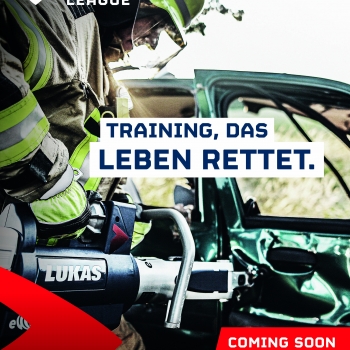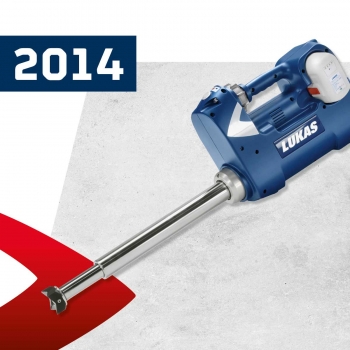There are organisations around the world who routinely assess the safety of new vehicle. They are located in Europe (Belgium), Australia, USA, Asia (Malaysia, China, South Korea, Japan), South America and India. These organisations will buy up to four of the same model of vehicle (anonymously) and expose it to a broad range of tests. The testing organisation will inform the vehicle manufacturer of its intention to test and provide the opportunity to provide the model with the very latest specification (if there has been a change or upgrade). Alternatively, vehicle manufacturers can sponsor a test of their own vehicle. Due to the proven commercial value of crash tests, vehicle manufacturers have greatly improved the construction of cars in key areas, ensuring a good performance and positive result. Historically, vehicles that have not performed well have had poor sales and in some cases, have been discontinued purely on the basis of safety. Vehicle Extrication - The NEXT GENERATION looks at the process that has given us stronger, lighter vehicles. Available on lukas-store.com or on amazon.de













